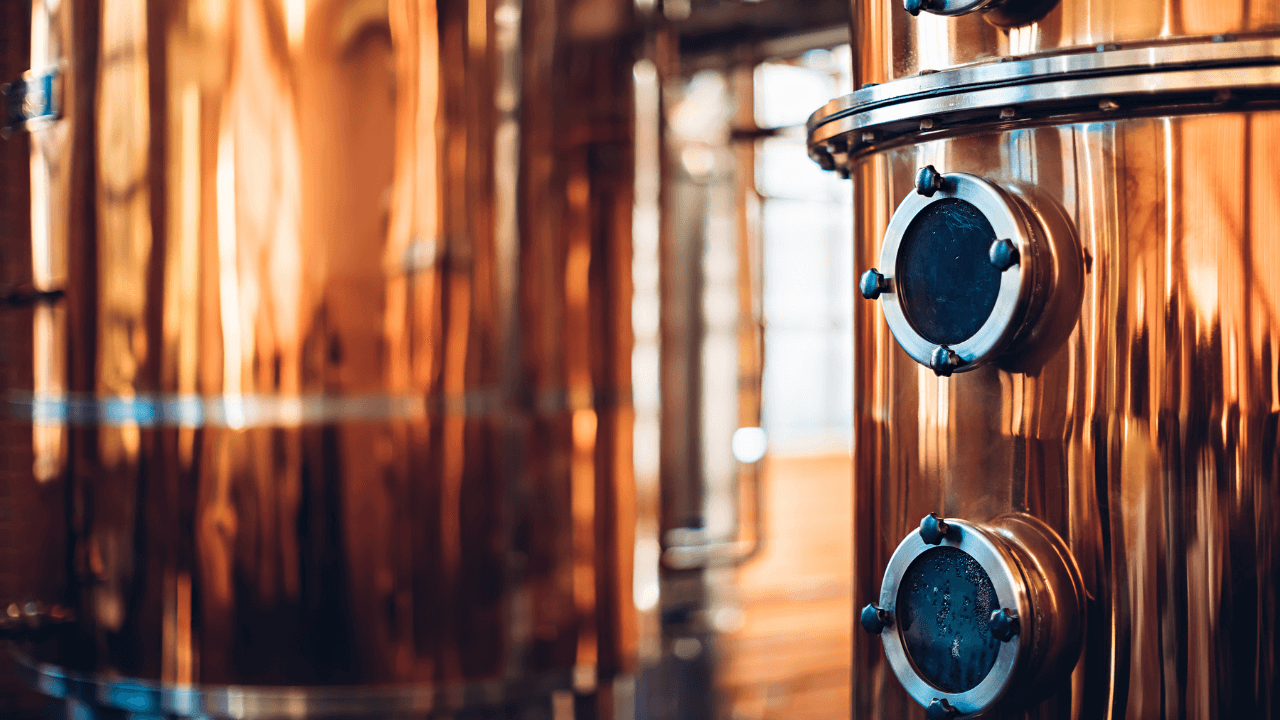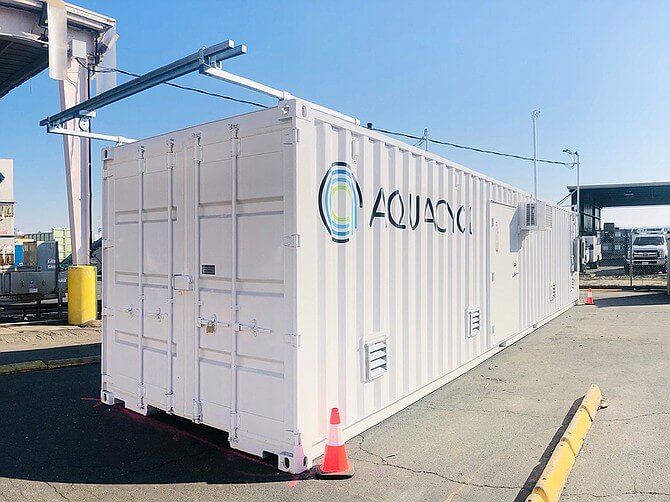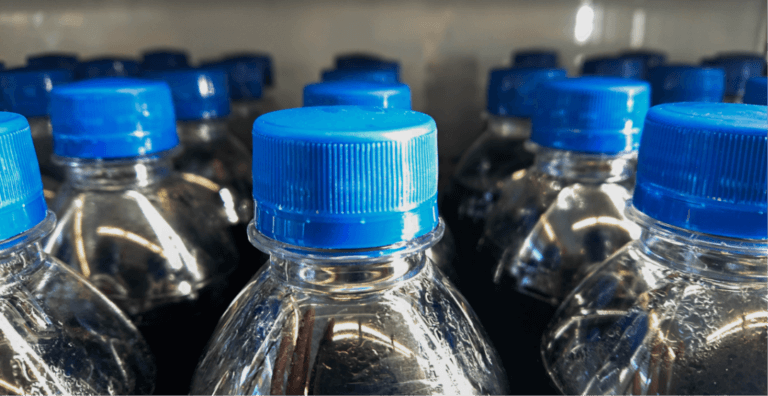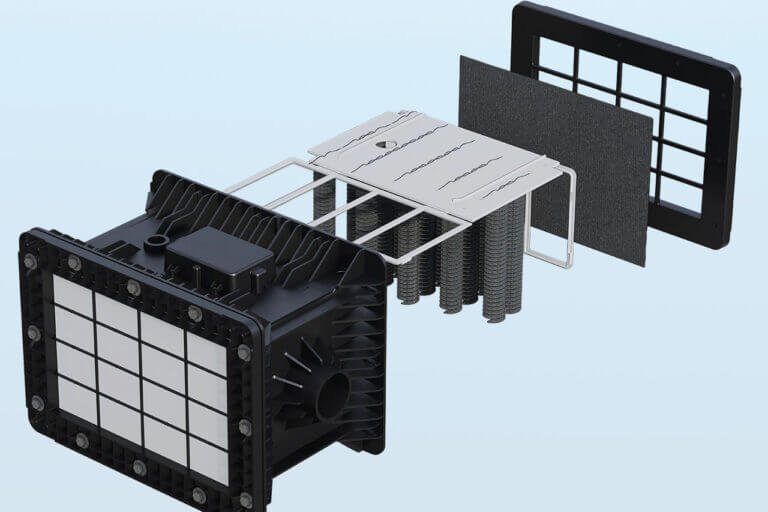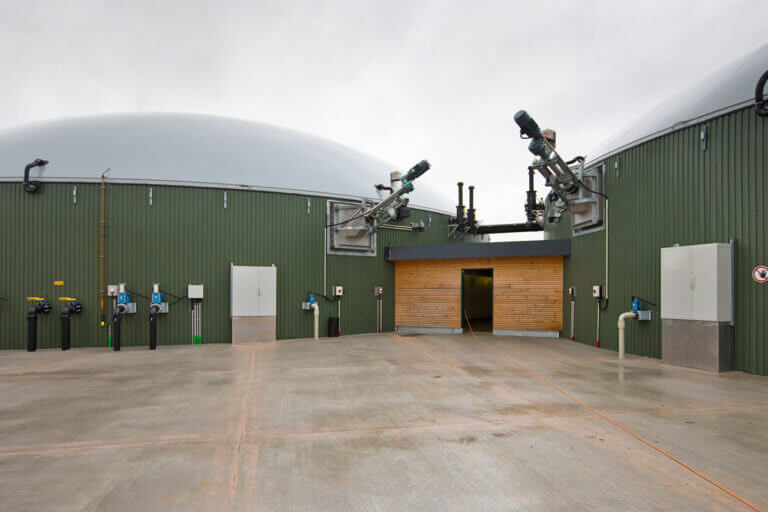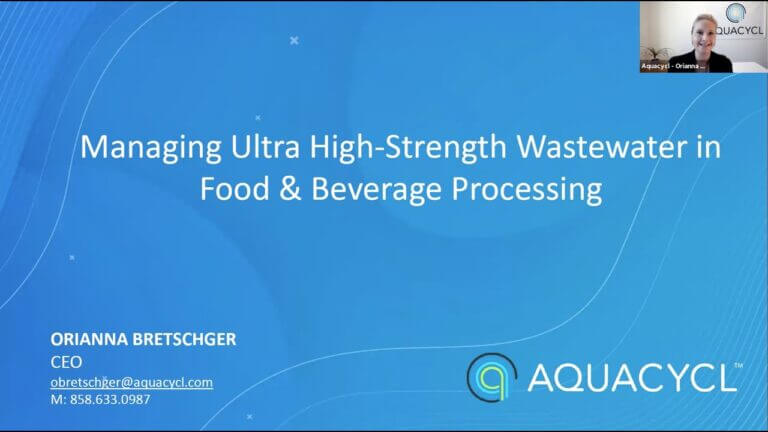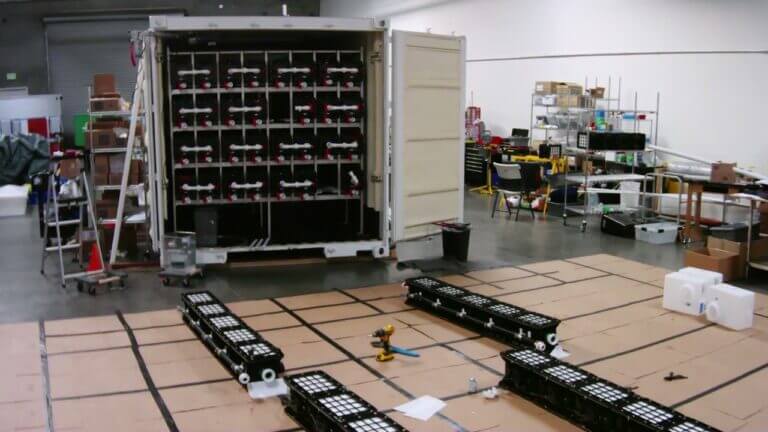Tailored Solutions for Tequila, Whiskey, Rum, Vodka and Gin Artisans
As one of the most water-intensive industries, distilling must maintain compliant and sustainable wastewater management practices to minimize environmental, reputational, and even production impacts. And with more stringent water-use regulations coming, like the Scotch Whisky Association’s water-use target for 12.5 to 25 l/lpa (water used per litre of alcohol produced) by 2025, it’s imperative distilleries understand the challenges they face with their effluent and the solutions that will lend to efficient and cost-effective wastewater management.
But, did you know different types of spirits produce different effluents, each presenting their own unique challenges?
As a fellow spirit enthusiast, I understand the hurdles you face in maintaining your craft while addressing cost and environmental concerns. Whether it’s tequila, whiskey, rum, vodka, or gin, I aim to provide you with insights that empower you to make informed distillery wastewater management decisions.
Common Distillery Wastewater Challenges
Daily wastewater production primarily comes from stillage, spent wash, and pot ale, with some unique challenges also associated with spent lees. No matter which spirit you are crafting, these are some wastewater hurdles you may face in your distillery production:
- Effluent Composition: Distillery wastewater contains a mix of byproducts generated from various stages of the distillation process, creating an effluent that has a low pH, high total suspended solids (TSS) and high nutrient and carbon content.
Challenge: Adequate treatment is required to avoid environmental harm and meet discharge regulations
- Volume Fluctuations: Batch distillation causes intermittent byproduct discharges. You may experience seasonal variations in wastewater generation, depending on factors like production cycles and agricultural seasons affecting raw material availability.
Challenge: Most biologically-based wastewater treatment systems require predictable flow rates and effluent composition to operate efficiently
- High-Strength Wastewater: Distillery wastewater typically has a high concentration of organic matter, primarily in the form of sugars, starches, and alcohol residues. This high organic load makes it biodegradable but also highly polluting if not treated properly.
Challenge: High organic loads cause strain on conventional treatment systems and may require specialized technologies or hauling wastewater offsite for adequate treatment
- Regulatory Compliance: Distilleries must adhere to stringent environmental regulations governing wastewater discharge to safeguard local water quality and ecosystem health.
Challenge: Compliance limitations can change at any time and distilleries may be faced with large out of compliance fines for their high-strength wastewater
- Cost Efficiency: Effective wastewater management requires investment in treatment technologies, monitoring equipment, and skilled personnel.
Challenge: Balancing cost efficiency with environmental responsibility
Now, let’s go through the challenges more specific to your distillery based on your spirit production.
Tequila
Tequila is a unique spirit as it utilizes the cooked and fermented juice of the agave plant to produce alcohol. Therefore, the unique challenges tequila distillers face in their wastewater revolves around the agave plant and its byproducts.
Agave Bagasse
High loads of solids and total suspended solids (TSS) result from the agave fibers, or agave bagasse, that is leftover after the sugar and juice have been extracted from the agave piña.
TSS can cause major issues in wastewater treatment and typically requires a preliminary treatment step to screen, or separate, the solids before entering the next phase of treatment.
Agave bagasse can, however, provide an added benefit of sustainability for tequila distillers if utilized as a biofuel feedstock.
Vinasse
The fermentation of agave sugars also produces a particularly high organic load and a byproduct called vinasse. Vinasse results from the distillation of fermented agave juice. Once the alcohol is recovered through distillation, everything left is the vinasse including residual sugars, alcohols, and other organic compounds.
When looking at traditional treatment systems, aerobic technologies will not be able to treat these high levels of organics alone, and you will need to opt for an anaerobic approach instead. Often, even anaerobic digesters will not be able to handle vinasse treatment completely and a combination of a digester and membrane bioreactor or other complimentary technology, such as BETT, will be necessary.
Note that although vinasse is commonly used as a fertilizer, the application of vinasse to soils may actually have some detrimental effects due to accumulation of salts and cations, among other things.
Whiskey
The whiskey distillation process produces three unique waste streams that must each be considered during treatment.
Draff
The draff is the spent grain resulting from the mashing step. The grain can be dried and converted into pellets for protein-rich animal feed. However, this is an energy intensive process. New approaches are being considered for draff management including hydrothermal carbonization to make alternative fuel sources.
Pot Ale
The high-volume co-product called pot ale is the residue of fermented wort that is left in a pot still and it can have very high levels of biological oxygen demand (BOD), chemical oxygen demand (COD), and TSS, and is also generated in relatively high volumes. Pot ale can be run through an evaporation process and condensed into pot ale syrup, which is another animal feedstock. However, this process is very energy intensive.
If the pot ale is treated as a waste co-product, then Anaerobic digestion is typically used to treat pot ale prior to disposal; however, inconsistencies in pot ale composition can often create challenges for conventional anaerobic systems. Our BETT system can provide an efficient pre-treatment step that will normalize feedstocks and recover more energy from pot ale when sent to an anaerobic digester.
Spent Lees
The lower-volume co-product called spent lees is generated from the second distillation of whiskey and contains high amounts of ‘oily fats’.
But, if using a copper still, high levels of copper may also be present in the spent lees and must be removed prior to discharge or reuse. Copper is a valuable resource and recovery may be considered when determining the best treatment for this waste stream. Some great copper removal and recovery methods in wastewater treatment are listed in this blog by Samcotech. However, the removal of oily fats must also be considered here as these substances may hinder many copper recovery methods.
Rum
The challenges with rum distillery wastewater are similar to tequila distillation as they arise from its highly fibrous starting product: sugarcane.
Sugarcane Bagasse
In the initial steps of processing and milling the sugar cane, you’re left with two separate products, the cane juice and bagasse – the bagasse being your primary solid waste product.
Sugarcane bagasse is a fibrous, damp byproduct that must be separated from the waste stream before treatment.
Yet sugarcane bagasse can be a valuable resource if it is extracted and processed correctly, primarily utilized as fuel to generate steam and, in turn, electricity for rum distilleries. Here is a great review by J.M. Paturau on the characteristics of sugarcane bagasse and how it can be utilized.
Vodka and Gin
The primary differentiator of vodka and gin production from the other spirits discussed in this blog is the starting raw material which the alcohol is derived from.
Starchy Water
Vodka and gin production typically revolves around the use of a starchy raw material, such as potatoes or grains, which are then fermented to create the alcohol. Not only does this result in wastewater with a high starch content but also high solids content.
Starchy wastewater has high COD and high viscosity making it one of the most difficult to treat wastewater compositions.
COD concentrations of this wastewater are often significantly higher than what conventional anaerobic treatments can handle. When starch sits in a wastewater tank, it also increases the viscosity of the water and alters the pH; therefore, it’s important to separate the high-starch waste streams generated during the mash phase for treatment prior to combining with your full flow. Using a treatment technology like BETT will help you treat the separated streams and achieve quality and compliance goals.
Solutions for Distillery Wastewater
Now that you understand the challenges with distillery wastewater, let’s explore solutions that not only allow you to manage wastewater treatment adequately but do so sustainably.
Understanding Your Wastewater
Start by comprehending your wastewater composition. Employ sensors throughout your production process and wastewater collection systems so you have the data to make real-time decisions about product and production waste handling. Real-time data will help identify process variabilities and water conservation opportunities.
Choosing the Right Treatment Method For Your Unique Waste Stream
Once you have a comprehensive understanding of your water usage and wastewater generation, the next step is choosing the right treatment method based on composition and volume. Off-site solutions may not be sustainable for long-term growth. Trucking can be costly, risky, and environmentally unfriendly; while relying solely on utilities for wastewater management poses potential unknowns and risks within a changing regulatory landscape – all things that you’d like to avoid.
When it comes to onsite treatment for distillery wastewater, two primary options stand out: aerobic and anaerobic treatment. Aerobic treatment adapts well to variable flow conditions but may not be able to handle high organic and TSS loads from most distillation processes. On the other hand, anaerobic treatment excels in breaking down organic matter, but is sensitive to TSS and varying compositions and volumes that are common to distilling processes.
Embracing Advanced Technologies
Veolia reports that it costs twice as much to discharge wastewater as it does to bring treatment onsite. For distillers looking to apply an onsite treatment system, technologies that can handle your specific wastewater challenges are the best, and most reliable, long-term investment. Many conventional solutions are available and can be great options but let me introduce you to Aquacycl’s onsite system.
Our Approach
Aquacycl’s distillery wastewater solutions are tailor-made to address the specific needs of your distillery, combining advanced technology with great service and a passion for preserving water resources.
Aspen Distillers
Aspen Distillers came to us with the mission of becoming the most sustainable distillery in the nation, focusing on lowering their water use through reuse of their wastewater, and with good reason.
The Beverage Industry Environmental Roundtable (BIER) reports that distilleries are one of the top industrial water users, using about 37 liters of water to produce one liter of spirit, it’s important to consider sustainable approaches to treating and minimizing water use. Utilizing an onsite, energy-efficient, wastewater treatment system that enables water reuse can bring a distillery’s water use to about 11 liters of water for every liter of liquor produced. This becomes an even bigger win for the distillery if this can be accomplished with little to no increase in energy consumption or carbon emissions during the treatment and reuse processes.
By installing one of our onsite systems, Aquacycl removes bulk organics and TSS in the wastewater – under any operational condition provided by the distillery. This enables several options for reuse or disposal with minimal energy budget. Further, the system does not generate methane and mitigates 90% more GHG emissions than conventional treatment technologies.
We work with you to alleviate the inherent challenges of distillery wastewater, providing wastewater treatment as a service and allowing you to focus on your core business of crafting delicious spirits. If you’re ready to turn these wastewater challenges into sustainable, growth-focused opportunities, schedule a consultation with our wastewater experts.


